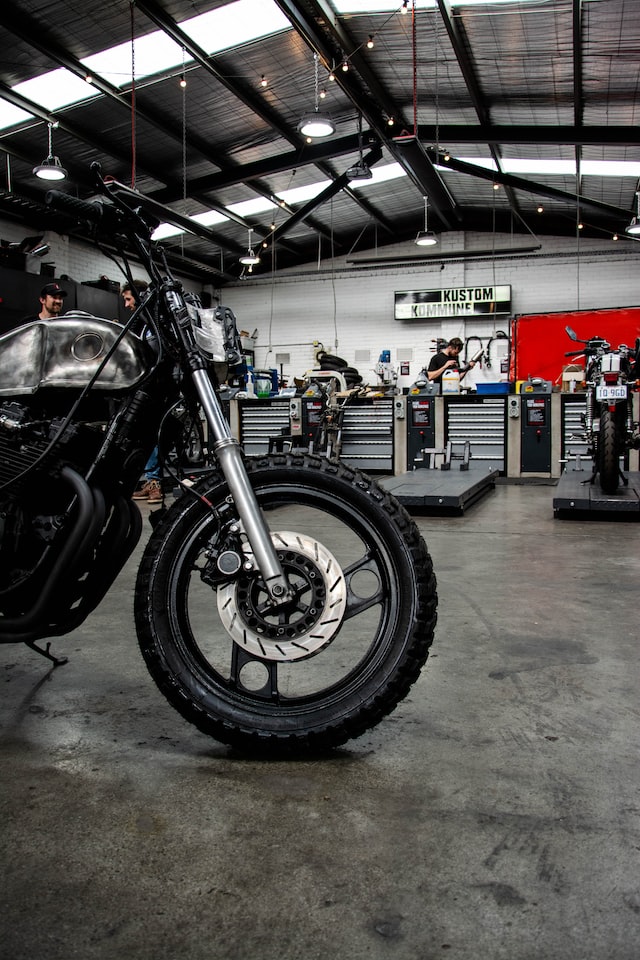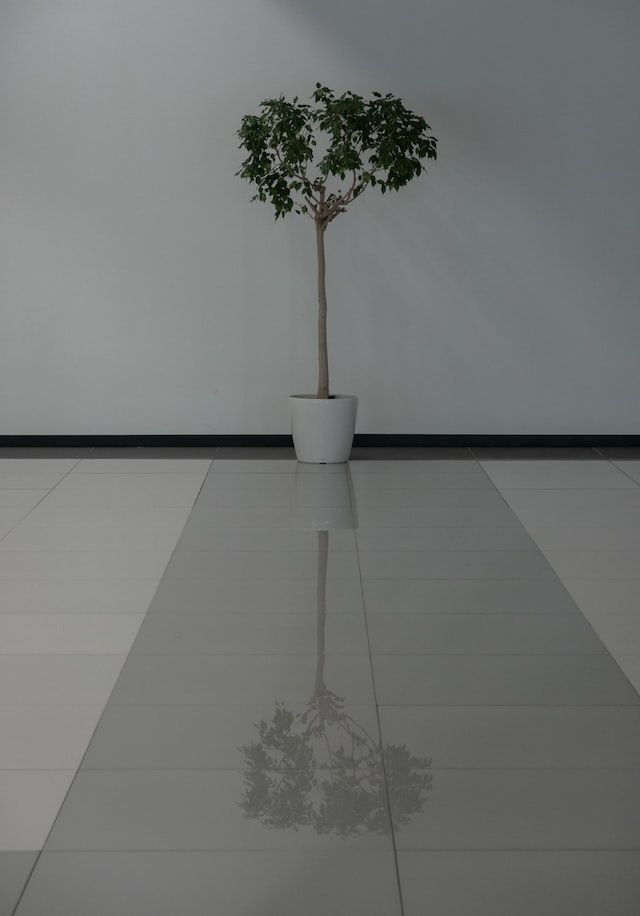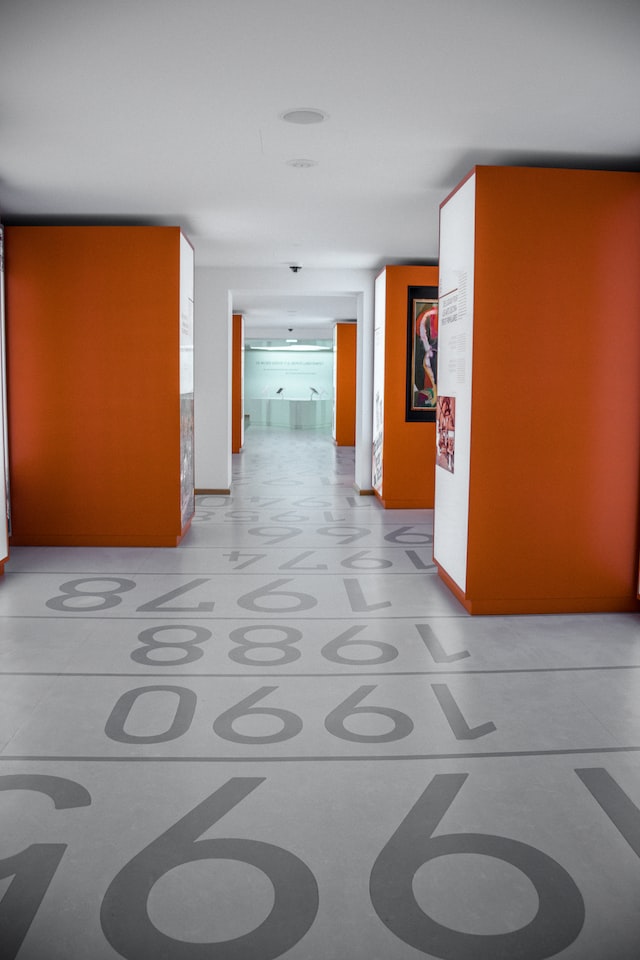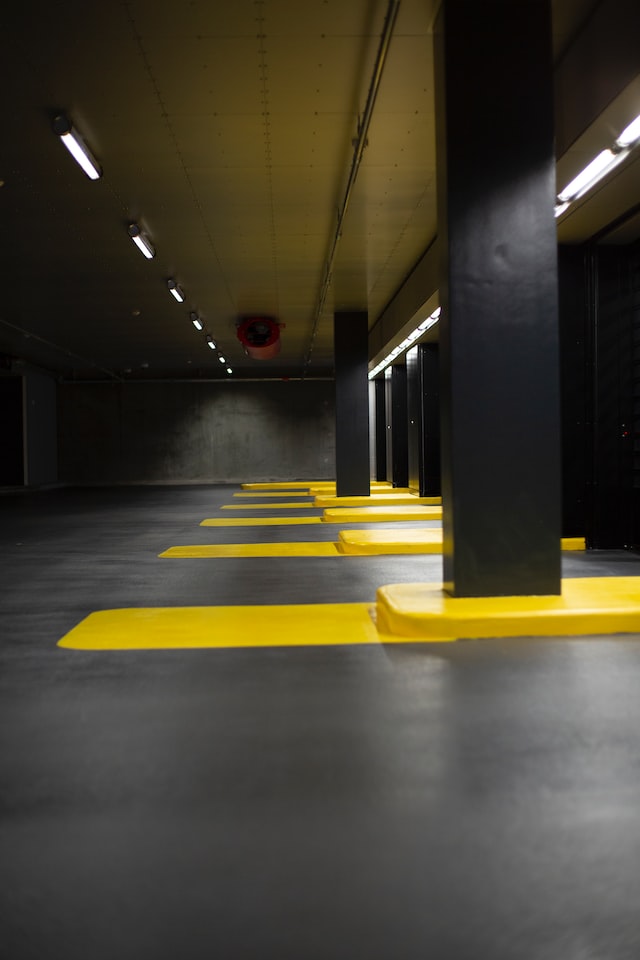Leading Epoxy Floor Contractors Near You: Tips for Finding the Right One in Cape Coral
Epoxy flooring is a popular decision for commercial and residential areas due to its longevity and visual appeal. Choosing the right epoxy flooring specialist can

Epoxy is made from resin and hardener, which chemically responds when mixed to form a solid plastic component. The material is highly resistant to deterioration and adheres well to substrates. Epoxy floor coverings in the house can be a great way to renovate or safeguard the flooring below.
Concrete floor surfaces are rough, permeable, and anti-shock, so epoxy floor covering is frequently taken advantage of to coat them. Industrial environments demand epoxy to stand up to rugged wear and tear. Business applications benefit from its slip-resistant qualities.
Epoxy can be taken advantage of in a wide variety of applications. Garage floorings and sizable storage facility floorings can rely on them for a safe, lasting surface. Our team is experienced in all varieties of household business and industrial epoxy applications and is ready to bring that knowledge to your project!
Learn More…
Epoxy floor covering is popular for its sturdiness and long-life period under heavy wear and tear, making it more helpful than other types of floor coverings. To develop the best outcomes, it assists to have an existing layer of concrete below the epoxy floor covering for optimal sturdiness.
Epoxy floor covering is more cost-effective per square foot than other floor covering types. Typically, epoxy finishings are added over concrete floorings that currently exist. It offers a strong foundation for the epoxy finish and decreases its expense.
If you need to replace your epoxy floor covering in the future, you only need to change the top coating. Any concrete floor covering underneath is left unmoved. This is much easier than other floor covering solutions that need breaking up the entire floor surface to lay a new one.
The visual appeal of epoxy floorings can not be overemphasized. Brilliant reflective surface areas help produce a warm, inviting environment in your home. Offer your concrete flooring a finishing touch with epoxy finish instead of leaving it rough and bare.
The epoxy flooring is additionally smooth. To increase its appeal, experiment with some combinations of coat colors and designs.
Epoxy floorings are resistant to extreme conditions. Oil, chemical, or gasoline spillage will not harm the flooring. This floor covering can stand up to excessive weather like heat. It is likewise resistant to germs and bacteria. You must clean your floorings by utilizing a great cleaning option whenever you see a spillage.
When choosing to flooring your home, you ought to consider how simple it is to keep. Epoxy floorings are simple to keep and look attractive. Epoxy floorings are smooth and can be cleaned up easily without dirt getting stuck in between the flooring’s partitions, which is common with other types of floor covering. There is no location for dirt to conceal throughout cleaning.
Smooth surface areas are simple to clean and can be used with basic cleaning tools for optimum outcomes. Installing an anti-microbial additive will lower the threat of bacteria growth in your kitchen and dining location.


Its sturdiness, combined with its variety of patterns and colors, makes epoxy a suitable floor covering material for commercial and retail settings. Wear-resistant floor covering is required in shopping malls, hotels, and departments with a lot of foot traffic. It is also important to cater to the diverse needs of clients such as kids, the aging population, and those in wheelchairs. In addition to being durable, business floor covering must be safe to prevent falls. Epoxy floor covering is stain, scuff, and scratch-resistant and can have its surface covered with a slip-resistant texture to improve grip. Epoxy floor covering develops an ambient appearance and requires very little cleaning or maintenance, typically connected with other flooring types.
Designer floor covering can be used as art to enhance commercial areas. Think a large reception room with any wanted pattern laid under the surface of the flooring, be it a corporate logo design, mascot or branding. We initially ask you to envision what you would like, select the kind of design you wish to have and then leave it to our specialists to bring your vision to life.


Industrial environments typically consist of machinery, foot traffic, and spill and stain opportunities, which is why the only practical industrial floor covering options are concrete or epoxy. Concrete Flooring is rigid, produces dust, and looks bland. The surface is permeable, meaning discolorations quickly absorb wetness and leave spots. An epoxy Flooring compound is softer, slip-resistant, shiny and attractive, resistant to discolorations, sealed from wetness and simple to clean.
When laying epoxy finish over concrete, for example, it’s self-levelling, producing a smooth surface. This makes for an even and protective surface for both moving devices, such as forklifts and fixed devices, such as machinery, to be positioned.
Five of the most typical types of epoxy floor covering include mortar, flake, gravelled, metallic, and self-levelling, and we introduce each of them in detail listed below.
The most solid epoxy floor covering type is a mortar and consists of 100% solid epoxies and graded sand. The strength and robustness of mortar epoxy make it a excellent choice on floors that receive large volumes of heavy traffic or are needed to endure substantial effect.
Mortar epoxy is also used to fix fractures in present epoxy floor covering, enabling a various type of epoxy to be laid on top. If you need an epoxy floor that is difficult, long lasting, and chemical resistant, then the mortar is your finest approach.
Where to apply: Warehouses, mechanical workshops, commercial and commercial kitchen areas, restaurants, garages, and manufacturing plant.
As the name suggests, this type of epoxy consists of flake elements that are included in the surface as it is laid. For many people, the flakes improve the visual appeals of the epoxy floor covering, however they also increase the security of epoxy
Due to the fact that the flakes develop subtle grooves on the floor and decrease the possibility of your staff members slipping on the surface, this is. Another beneficial thing about flake epoxy floor covering is that it’s readily available in various colours and sizes, meaning it can be customised for any area. This makes it an appealing option in spaces where the look of the epoxy floor is necessary.
Where to apply: Car display rooms, sports locker rooms and wedding venues , centers.
Like flake floors, gravelled epoxy is quickly customisable and can be laid in various colours and excellent styles . It’s possibly the very best option if you operate in a creative area and want the floor to show the operations of your business.
Typically, gravelled epoxy floor covering looks outstanding when laid inside various buildings, however it’s best suited to office settings where consumers are present. That said, gravelled epoxy can also be laid at houses and is an perfect option for automobile garages and other outbuildings.
Where to apply: Restaurants, centers, waiting rooms, display rooms.
Another option is metallic epoxy floor covering, which looks stunning when laid. It varies somewhat in terms of composition, as metallic epoxy consists of a metallic additive, which allows the designer to be creative. For example, you might have seen metallic epoxy floors with a swirl design accomplished utilizing a roller or brush.
Some individuals ensure their metallic epoxy has a shiny surface, whether ruby, silver, or gold . This makes your epoxy stick out and is an outstanding option for a range of commercial and residential interiors. Granted a lot of styles are possible, metallic epoxy floor covering looks outstanding when laid and is one of the very best alternatives from an esthetic perspective.
Where to apply: Residential settings- perfect for living & dining rooms, office display rooms, and centers.
Self-levelling epoxy floor covering is perfect for covering existing concrete surface areas or uncoated spaces at your business or commercial property. It’s most frequently used for smoothening tarnished, broken, or old concrete floors, however it can also be laid on various surface areas.
The laying of self-levelling epoxy floor covering is less labour-intensive than other types, which makes it an perfect choice if you’re undertaking a DIY job or are looking for some epoxy that doesn’t need a lot of expertise to lay.
Where to apply: Gyms, workshops, home garages, office buildings.

As a professional epoxy floor covering installation company, we follow a tried and checked procedure to ensure the best outcomes for our customers. Here’s a step-by-step guide of what to anticipate when you pick us for your epoxy floor covering installation job:
Before we start, we will thoroughly prepare the surface and clean to be covered with epoxy. Any dirt, particles or existing floor covering will be removed, and any cracks or damages will be fixed.
To ensure optimum adhesion, we will rough up the surface through sanding, grinding or acid etching.
We will use a premium concrete guide to the surface, which will assist the epoxy adhere properly and create a long-lasting bond.
Following the manufacturer’s instructions, we will mix the two-part epoxy option, making sure a constant and evenly spread out application.
Utilizing a roller or brush, we will thoroughly and evenly use the skim coat of epoxy to the surface.
If asked for, we will include aesthetic chips to the base coat to produce a special textured look for your flooring.
Once the base coat has actually dried, we will use a final top coat of epoxy to ensure a smooth and durable finish.
We will enable the epoxy to cure as per the manufacturer’s standards, which typically varies from 24 hours to several days.
Once cured, we will use a flooring buffer or flooring machine to smooth out the surface and get rid of any excess chips. To better boost the appearance and sturdiness of the flooring, we will use a final sealant, if asked for.
With our expertise and attention to information, you can trust that your epoxy floor covering will be applied to the greatest standards, offering a durable and attractive surface for years to come.
You can find a regional epoxy floor covering contractor by following these steps:
Get recommendations from good friends, family members, or co-workers who have actually recently had epoxy floor covering installed.
Search for “epoxy floor covering specialists” in your area using a search engine like Google or Bing. You can likewise inspect online directory sites, such as Yelp or HomeAdvisor, to find and compare regional specialists.
Verify that any specialists you are thinking about are certified and guaranteed in your location. This will assist secure you in case of any damage or injury throughout the installation procedure.
Contact several specialists to get quotes for the work. This will enable you to compare services and costs and make an informed decision.
Read online reviews from past clients to get a sense of each contractor’s track record and quality of work.
Schedule a consultation with each contractor you are thinking about. This will give you an opportunity to ask questions and get a sense of their professionalism and expertise.
By following these steps, you can find a certified and trustworthy local epoxy floor covering contractor to manage your job.
Guaranteed service on all jobs completed by our contractors in Fort Myers Villas. Trust in a local business to look after your Commercial & Residential Epoxy Flooring installations and repairs.
We tackle all projects with the same professionalism- no matter the size, residential or commercial! Whether you need a safer environment for the warehouse or a sleek garage, we got you. All of our services comply with standards set by the state of Lee County.
Epoxy floor coating is a high-performance that can withstand impact. It is also resistant to stains, scrapes, and abrasions due to heavy-duty activities.
Warehouses should also look professional. Epoxy flooring can give them a polished look while enhancing safety. The durability of epoxy is also suitable for heavy equipment and inventory.
Cost-effective and easy-to-clean epoxy flooring is ideal for lobbies, hallways, stores, restaurants, and other business settings. You can opt for a design that complements your brand.
Epoxy coatings create a non-porous surface that inhibits the growth of mold and mildew in the basement.
These driving instructions are general and may vary based on your starting location. Using a GPS navigation system or mapping software is recommended for the most accurate and up-to-date directions.
Sun Splash Family Waterpark: A popular water park that features slides, a lazy river, and a wave pool.
Cape Coral Beach: A public beach that is known for its white sand and clear water.
Yacht Club Community Park: A large park that features a beach, a fishing pier, and a playground.
Cape Coral Farmers Market: A weekly outdoor market that features locally grown produce, handmade crafts, and live music.
Four Freedoms Park: A memorial park that honors the sacrifices of the men and women who served in the armed forces.
Rotary Park Environmental Center: An educational center that offers information about the local environment, wildlife, and ecosystems.
Cape Coral Art League: A cultural center that offers art classes, workshops, and exhibitions for local artists.
Caloosa Nature Center & Planetarium: An educational center that features a planetarium, exhibits about local wildlife, and hiking trails.
Epoxy flooring is a popular decision for commercial and residential areas due to its longevity and visual appeal. Choosing the right epoxy flooring specialist can